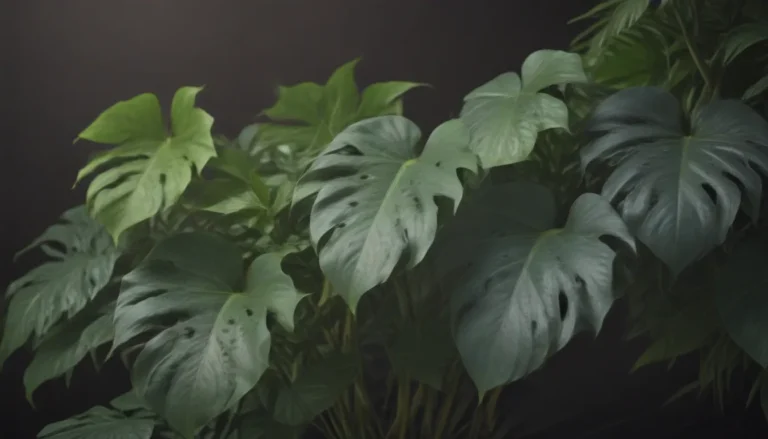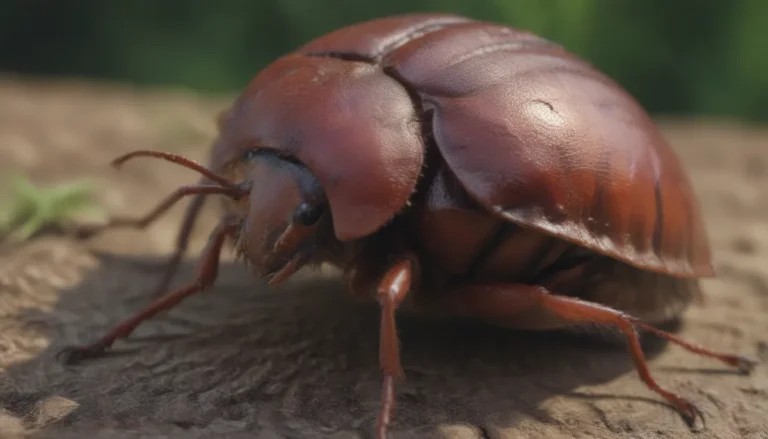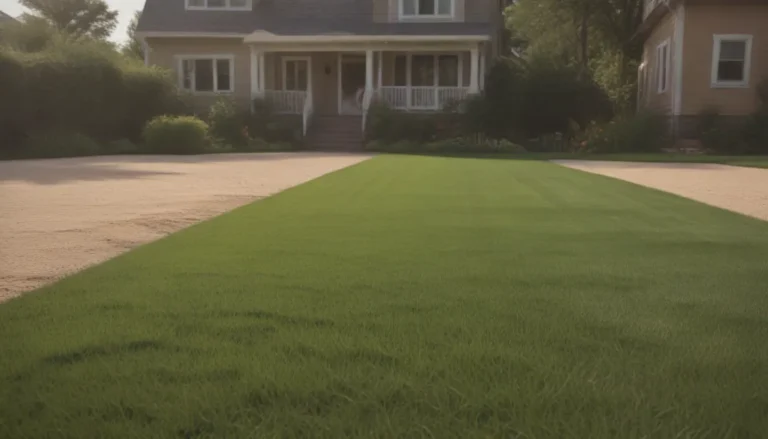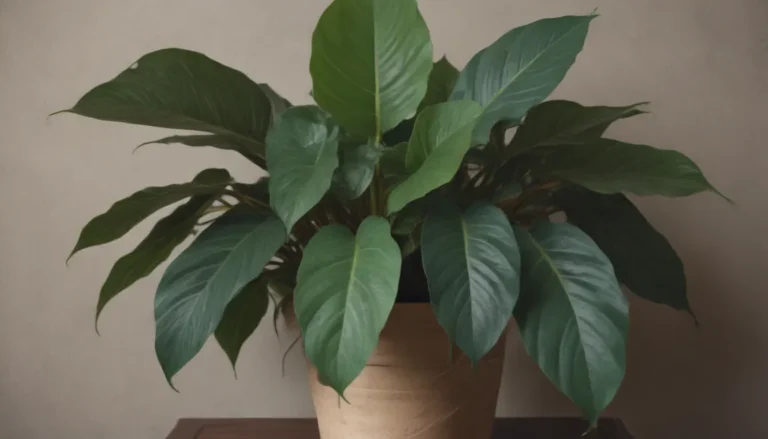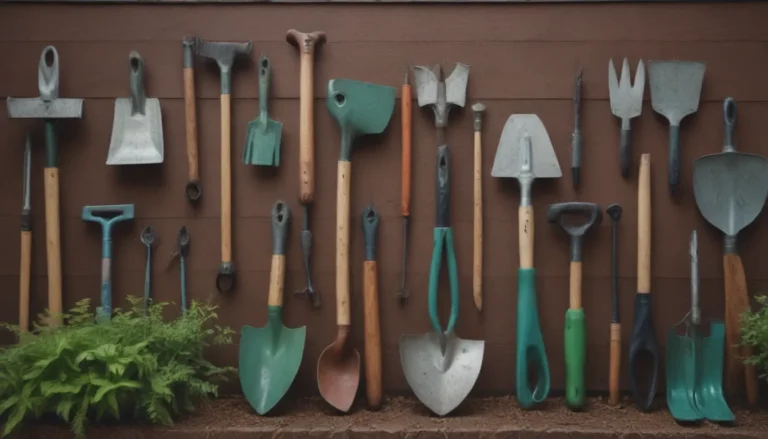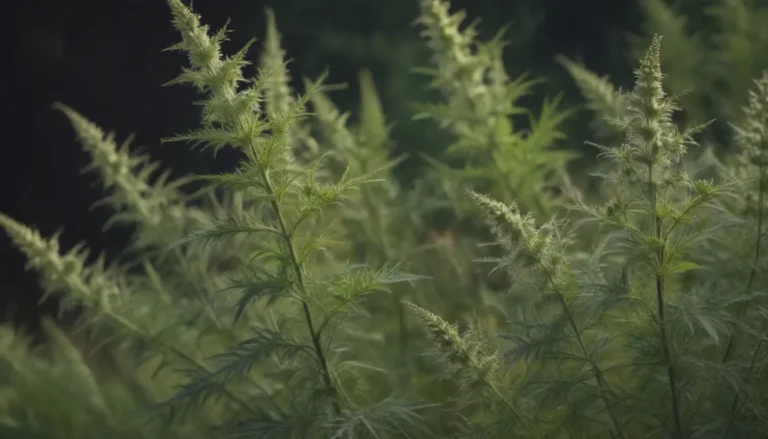19 Types of Ivy for Your Garden: A Comprehensive Guide
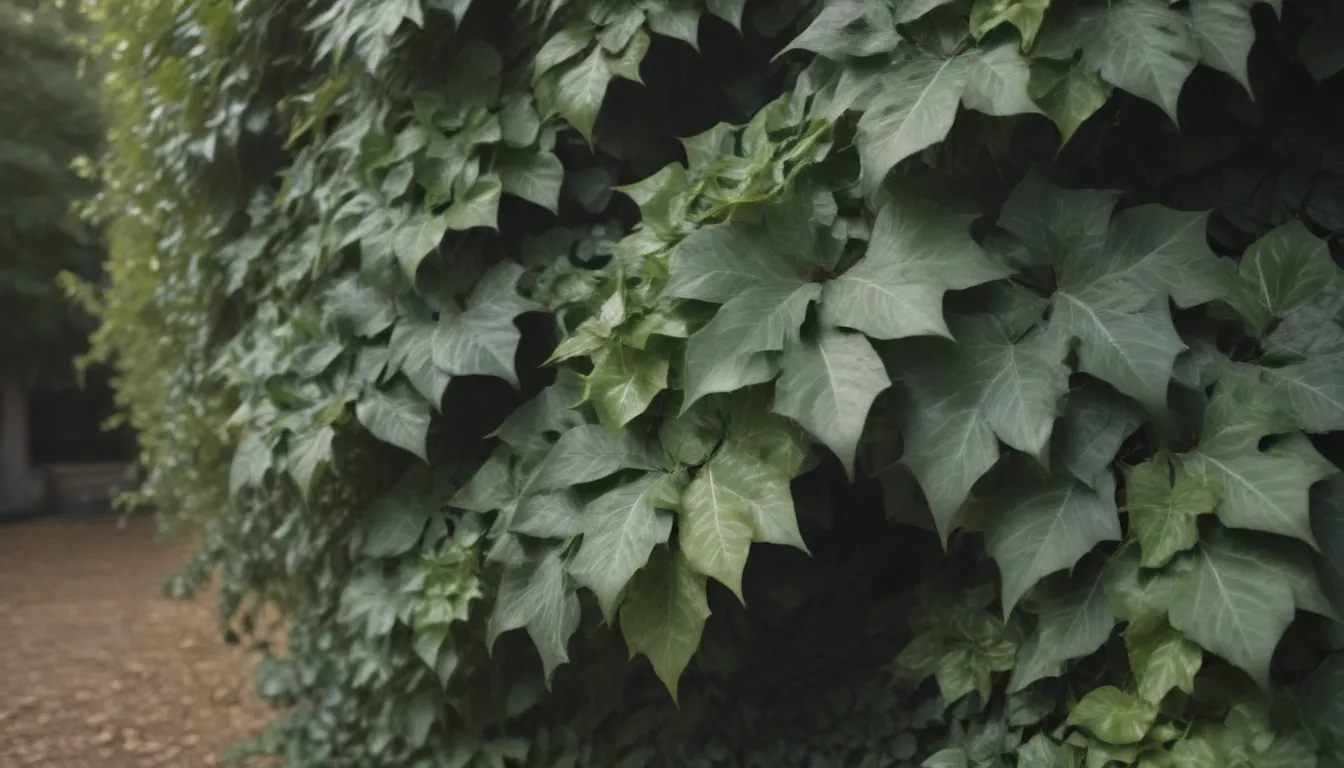
Are you looking to add a touch of greenery to your yard or home? Ivy might just be the perfect plant for you! Ivy comes in many different varieties, each with its own unique characteristics and uses. Whether you’re looking for a ground cover, a climbing vine, or a houseplant, there’s an ivy out there for you.
In this in-depth guide, we’ll walk you through 19 types of ivy that you can grow in your yard. From the classic English Ivy to the exotic Algerian Ivy, there’s a wide range of options to choose from. We’ll also cover some tips on how to care for these plants and how to deal with any unwelcome “ivy” that might pop up in your garden.
Types of Ivy to Grow in Your Yard
When it comes to ivy, there’s more to it than just the classic English Ivy. Here are 19 types of ivy that you can consider growing in your yard or home:
English Ivy (Hedera helix)
- Native Area:
- USDA Growing Zones:
- Height:
- Sun Exposure:
English ivy is a versatile evergreen vine that can be grown in sun or shade. It’s known for its vigorous growth habit and ability to cover both the ground and vertical surfaces like walls and trees.
Warning
English ivy can be considered an invasive species in some areas, so be mindful of where you plant it.
White-and-Green Variegated English Ivy (Hedera helix ‘Glacier’)
- Native Area:
- USDA Growing Zones:
- Height:
- Sun Exposure:
This variegated cultivar of English ivy features patches of gray and green with creamy white edges. It’s a striking plant that can add a pop of color to your garden.
Yellow-and-Green Variegated English Ivy (Hedera helix ‘Gold Child’)
- Native Area:
- USDA Growing Zones:
- Height:
- Sun Exposure:
With gold-edged leaves, the ‘Gold Child’ cultivar of English ivy is reminiscent of the popular ‘Emerald and Gold’ wintercreeper. It’s a great choice for adding some brightness to your garden.
Baltic Ivy (Hedera helix ‘Baltica’)
- Native Area:
- USDA Growing Zones:
- Height:
- Sun Exposure:
Similar to English ivy but with smaller leaves, Baltic ivy is a good choice for erosion control on steep hills.
Irish Ivy (Hedera hibernica)
- Native Area:
- USDA Growing Zones:
- Height:
- Sun Exposure:
Also known as “Atlantic Ivy,” Irish ivy has larger leaves than English ivy and naturalizes easily in certain climates.
Persian Ivy (Hedera colchica)
- Native Area:
- USDA Growing Zones:
- Height:
- Sun Exposure:
With oval-to-heart-shaped leaves that can reach up to 7 inches wide, Persian ivy is a unique addition to any garden. It’s also great for topiary projects.
Algerian Ivy (Hedera canariensis)
- Native Area:
- USDA Growing Zones:
- Height:
- Sun Exposure:
Featuring glossy leaves composed of three to five lobes, Algerian ivy is a distinctive vine that prefers warmer climates.
Variegated Algerian Ivy (Hedera canariensis ‘Gloire de Marengo’)
- Native Area:
- USDA Growing Zones:
- Height:
- Sun Exposure:
This variegated version of Algerian ivy has gray-green centers and creamy-white margins, making it a visually striking plant.
Warning
All Hederaspp. are toxic to pets, so keep this in mind when choosing your plants.
Boston Ivy (Parthenocissus tricuspidata)
- Native Area:
- USDA Growing Zones:
- Height:
- Sun Exposure:
Boston ivy is a deciduous vine known for its great red fall color and can be used as a ground cover or on walls.
Fenway Park Boston Ivy (Parthenocissus tricuspidata ‘Fenway Park’)
- Native Area:
- USDA Growing Zones:
- Height:
- Sun Exposure:
This cultivar of Boston ivy has striking leaf colors that change throughout the seasons, making it a visually appealing addition to any garden.
Five-Leaved Ivy (Parthenocissus quinquefolia)
- Native Area:
- USDA Growing Zones:
- Height:
- Sun Exposure:
Also known as Virginia creeper, this vigorous vine is prized for its outstanding fall color and versatile uses in the garden.
Variegated Ground Ivy (Glechoma hederacea ‘Variegata’)
- Native Area:
- USDA Growing Zones:
- Height:
- Sun Exposure:
Variegated ground ivy is a unique plant with purple flowers and aromatic foliage, making it a great choice for edging in your garden.
Tree Ivy (× Fatshedera lizei)
- Native Area:
- USDA Growing Zones:
- Height:
- Sun Exposure:
A cross between a shrub and English ivy, tree ivy features glossy, dark green leaves and can be trained into striking topiary shapes.
Ivy Geranium (Pelargonium peltatum)
- Native Area:
- USDA Growing Zones:
- Height:
- Sun Exposure:
While not a true ivy, ivy geranium is a popular plant for hanging baskets and window boxes, known for its glossy foliage and striking flowers.
Swedish Ivy (Plectranthus australis)
- Native Area:
- USDA Growing Zones:
- Height:
- Sun Exposure:
Swedish ivy is a popular houseplant with bushy, compact growth and glossy leaves, making it an attractive addition to any indoor space.
Variegated Swedish Ivy (Plectranthus australis ‘Variegata’)
- Native Area:
- USDA Growing Zones:
- Height:
- Sun Exposure:
The variegated version of Swedish ivy features rich-green centers edged in creamy white, adding a touch of elegance to any room.
Devil’s Ivy (Epipremnum aureum)
- Native Area:
- USDA Growing Zones:
- Height:
- Sun Exposure:
Also known as pothos, devil’s ivy is a popular houseplant with several cultivars available, each with unique color patterns and easy care requirements.
Warning
Pothos is toxic to pets, so be cautious when growing this plant in your home.
Grape Ivy (Cissus alata)
- Native Area:
- USDA Growing Zones:
- Height:
- Sun Exposure:
Grape ivy is a tender plant that can be grown as a houseplant or in hanging baskets, known for its climbing ability and low light tolerance.
Warning
Cissus, Epipremnum, Glechoma, Hedera, and Parthenocissus all have some levels of toxicity to humans, so handle these plants with care.
German Ivy (Delairea odorata)
- Native Area:
- USDA Growing Zones:
- Height:
- Sun Exposure:
German ivy is a striking plant with large, jagged leaves and vibrant foliage. It can be grown as a houseplant or outdoor hanging basket.
Tips for Growing Ivy
When it comes to growing ivy, there are a few key things to keep in mind to ensure your plants thrive:
- Choose the right variety for your climate and growing conditions
- Provide adequate sunlight, water, and nutrients
- Consider using ivy for ground cover, topiary, or vertical gardening
- Be mindful of any potential toxicity to pets or humans
By following these tips, you can enjoy a lush and vibrant garden filled with beautiful ivy plants.
Dealing with Unwelcome Ivy
While ivy can be a beautiful addition to your garden, some types of ivy can become invasive or problematic. One particular unwelcome “ivy” that you’ll want to avoid is Poison Ivy (Toxicodendron radicans). If you come across Poison Ivy in your garden, it’s important to remove it safely to avoid any skin irritation.
By being mindful of the types of ivy you choose to grow and how to care for them, you can create a beautiful and harmonious garden that you’ll enjoy for years to come.
Conclusion
Ivy is a versatile and beautiful plant that can add a touch of greenery to any space. With so many varieties to choose from, you’re sure to find the perfect ivy for your garden or home. Whether you’re looking for a ground cover, a climbing vine, or a houseplant, there’s an ivy out there for you.
By following the tips and guidelines in this comprehensive guide, you can successfully grow and care for your ivy plants. From choosing the right variety to providing the proper care, you’ll be on your way to creating a lush and vibrant garden filled with beautiful ivy plants.
So why wait? Start exploring the world of ivy today and see how these versatile plants can transform your yard or home. Happy gardening!
